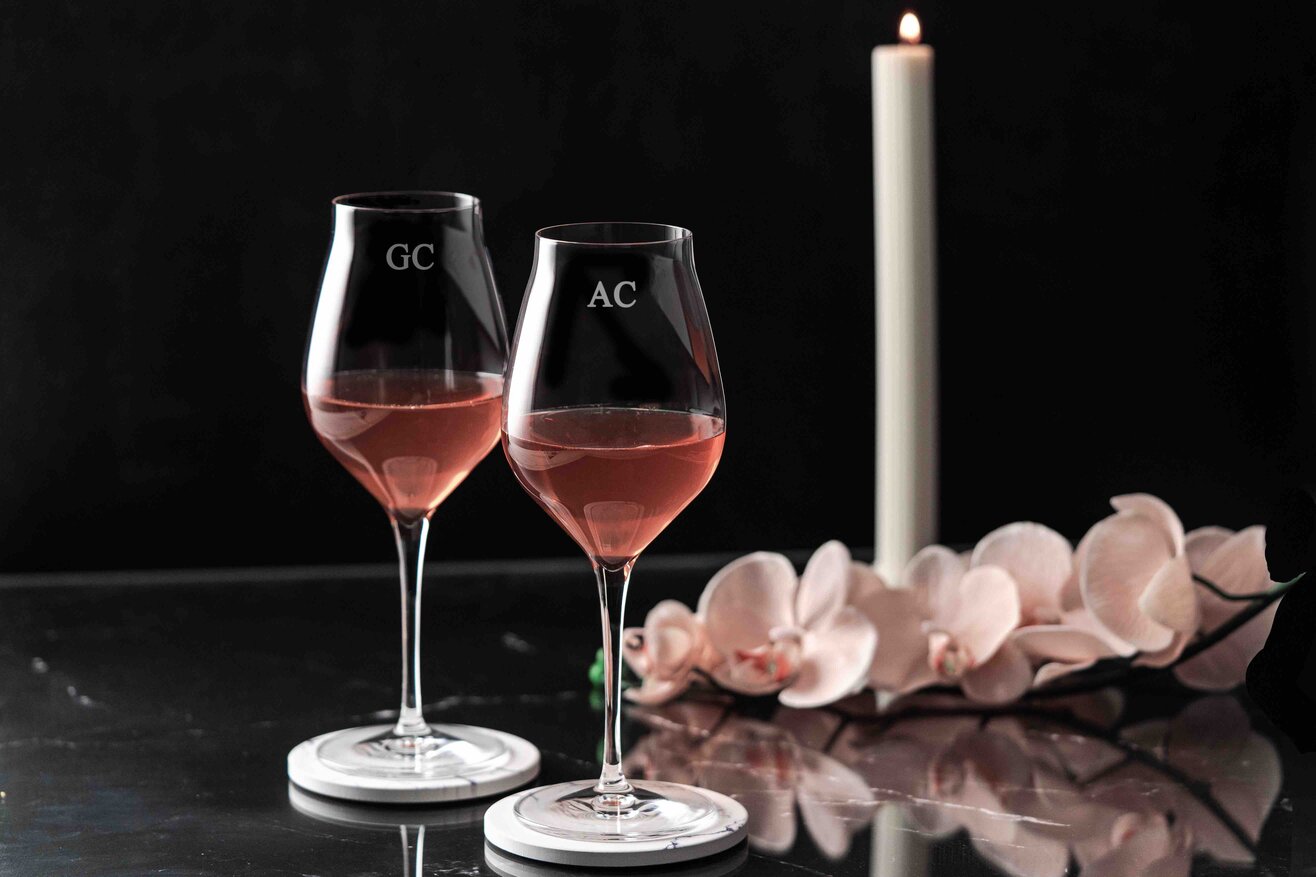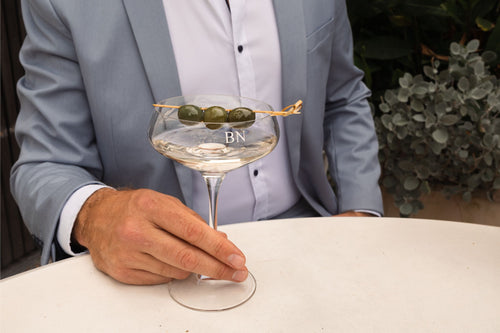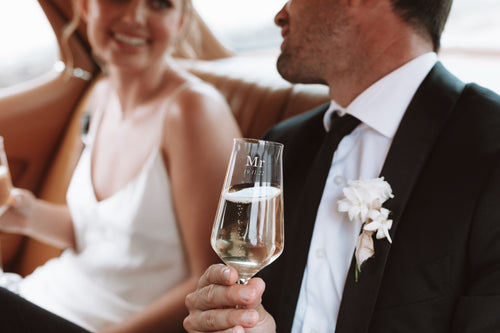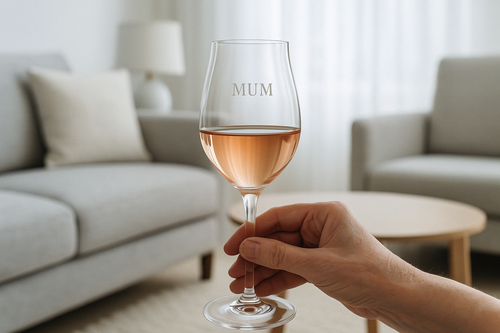The Simple Way to Enjoy Wine - A guide to tasting Wine

The word "connoisseur" has become synonymous with wine. However, drinking a glass of wine doesn't have to be so serious. Hearing people analysing wine, when all you want to do is enjoy it, can completely take the fun out of it. There are so many articles and classes out there on how become a wine connoisseur. So, instead of boring you with all the details with a French accent and using wine jargon, we thought it would be better to put together a simple guide for your wine enjoyment.
Choosing Wine
Let's stick to the basics here. If don't know much about wine, or simply just want to enjoy it without all the fuss, here are some very simple ways to choose wine:
- Buy the best quality wine you can afford, if you don't know ask a staff member at the store for help.
- If you love it, keep buying more.
- When you're ready to move up, try a new region, or go to a restaurant where there is a knowledgable sommelier (someone who knows about wine)
- If you like the wine, don't let anyone tell you otherwise. It's all comes down to personal preference at the end of the day.
- Start a collection your favourite wines to have ready on hand for your own stash or entertaining
- Don't take it so seriously - enjoy life!
How to Read a Wine Label
Each country has different labelling requirements. Although it will not tell you how it tastes, a wine label will give you a better idea of what you're buying. Generally, all wine labels will have the following:
- Producer or Name of Winery - Who made it
- Region - Where the grapes from from
- Grape Variety - The main grape variety used in making the wine (each country has
- Vintage or Non-Vintage - The year the grapes were harvested. If there is no year, they come from multiple vintages and have lower values because of this.
- Alcohol by Volume (ABV)

Different Types of Wine
Once you know what you like, you can narrow it down further. By now you may already have a preference in terms of white wine, red wine and sparking wine. But now it's time to pay attention to the characteristics of the wine that your taste buds are drawn to.
Dry or Sweet
You may have heard these two words used constantly when referring to wine. But how can you tell a glass of wine is dry? It's liquid! Dry and sweet refers to the residual sugars, after fermentation:
- Dry wines have less residual sugar. Sweet wines have more. You will always taste fruit, but it all comes down to the level of sweetness.
- Dry wines typically have more alcohol content. Sweet wines typically have less. Look at the wine label for information. 15% is considered high for wine (like red wine), and it can go as low as 5% (like dessert wines).
There are however exceptions, because it is quite complex and it all depends on the tannins, acidity etc. But we promised to keep it simple. Generally speaking, follow the above, until you're ready/willing to delve deeper.
Region
Where the wine is produced, also plays a big part in how a wine can taste. This is generally due to the environmental conditions of each region such as weather and climate. Even the same type of wine can have different characteristics. A Sauvignon Blanc from Australia is different from one from New Zealand. Even an Australian Shiraz from the Hunter Valley can be different from a Shiraz from the Barossa Valley.
Again, going into detail about this can take you down a rabbit hole that could be very hard to get out of. So keep it simple by paying attention to the variety and region on that wine label.
Next time you're shopping, you can then start your wine collection, just from sticking to the regions you like.

Food Pairing
Food and wine pairing can be as complicated as you want it to be. We'll keep it short but generally speaking these are some golden rules to enhance your wine tasting experience with food:
Acidity and Sweetness
Thinking about the food you want, choose a wine that has more acidity and sweetness
Flavour Strength
Match your wines and food with the same strength of flavour.
Meats and Vegetables
Red wine - Red Meats. White Wine - White Meats.
For Vegetarians - Generally, a nice light and earthy Red Wine (like Pinot Noir). Again match the flavour strength of your dish.
Sauce
Match wine to the sauce, rather than the source.
Contrasting Flavours
Generally, if you want to contrast the flavours of your food to wine, pick White Wine, Sparkling Wine or Rosé Wine.
Matching Flavours
Generally, if you want to match the flavours of your food to wine, pick a Red Wine.
We hope you've found this article helpful and assist you with your journey to wine appreciation. We look forward to hearing your stories over a Hunter Shiraz sometime! Once you’ve received your glass we would love you to share your Nouvelle Glass experiences with us. Follow us and tag us on Tik Tok and Instagram @nouvelleglass #nouvelleglass and go into our monthly draw to WIN your own #personalisedglassware.







